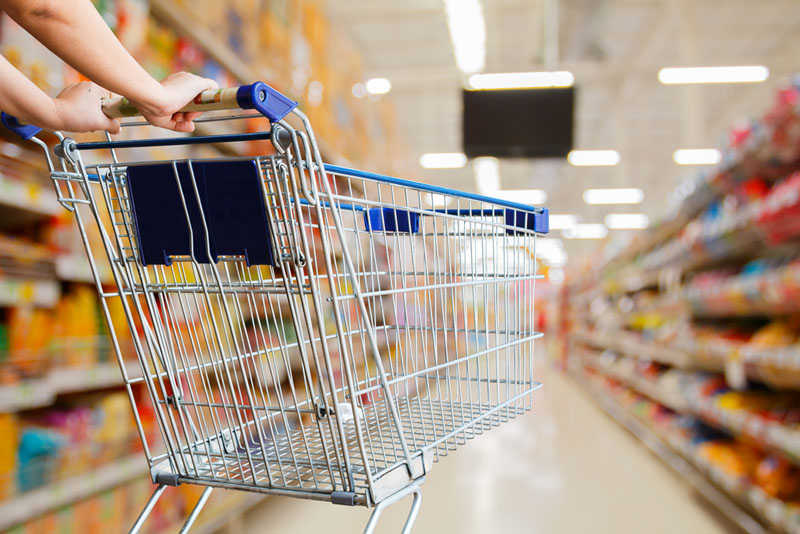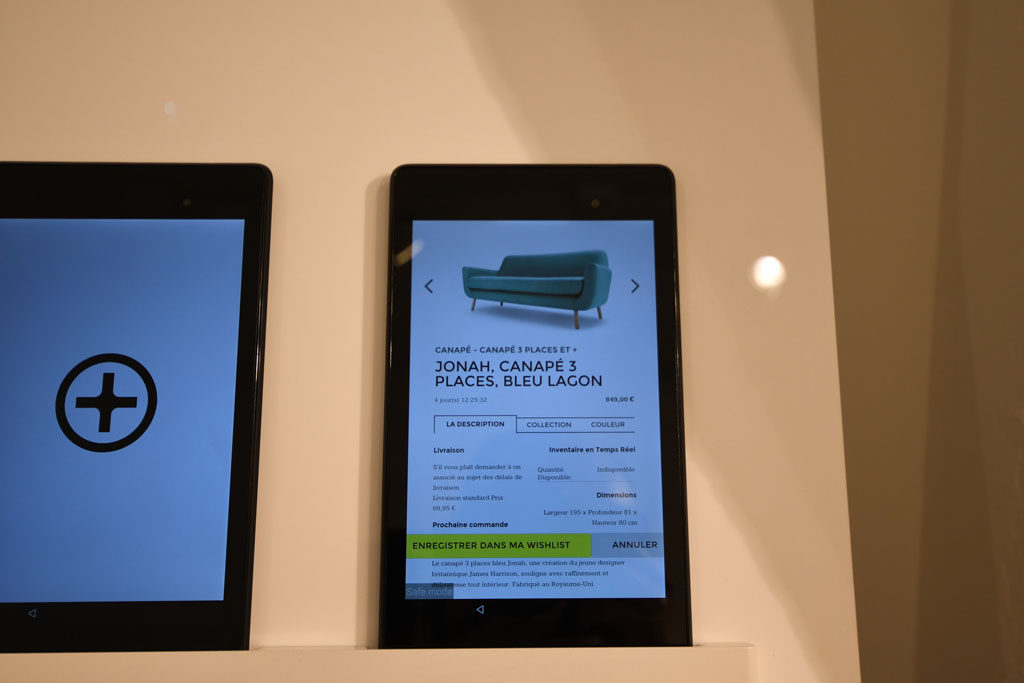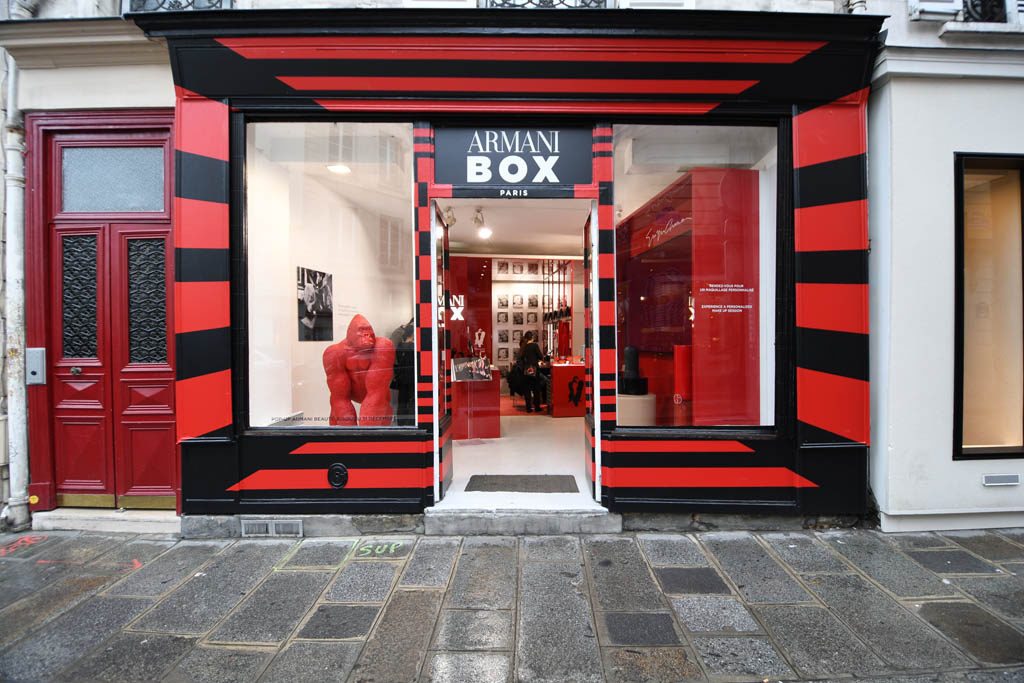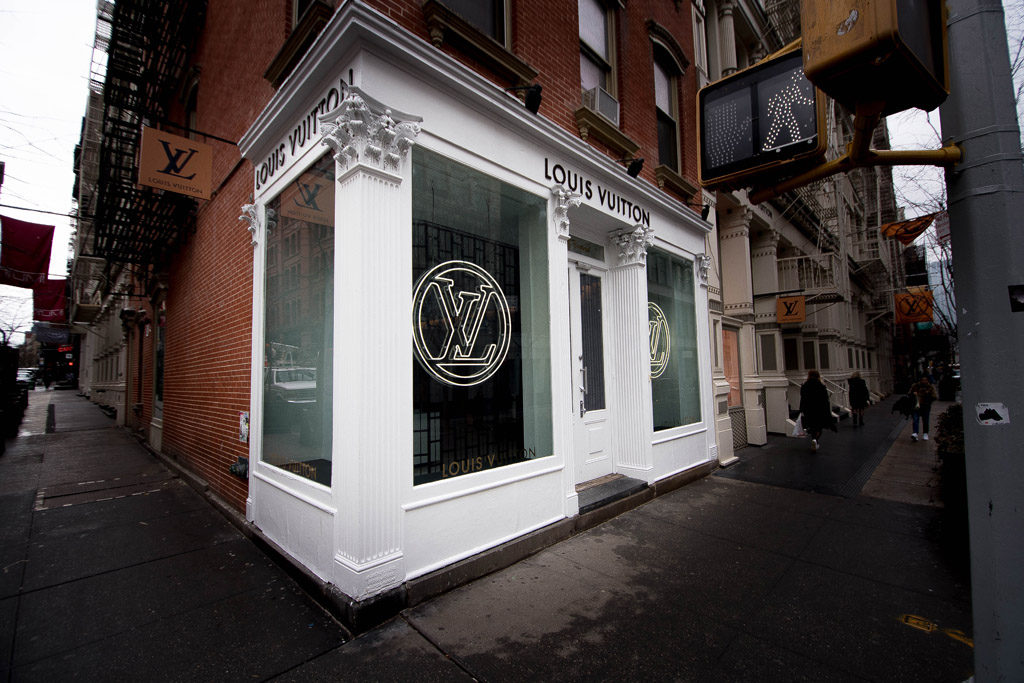
What are the new forms of retail that will dominate the next 10 years? Which ones will emerge, and which ones will become permanent? In this article, I propose to project ourselves to after the Covid crisis and see 8 store formats that will be the future of retail. Each of these store formats capitalizes on emerging or already present trends.
[call-to-action-read id=”49431″]
Summary
- Introduction
- Small stores
- Demonstration stores
- Popup stores
- Rental stores
- Repair stores
- Flagship stores
- Grocerant
- Store-as-a-service

Introduction
In 2018 I already researched the future trends in retail. The Covid crisis has vigorously shaken food retail and non-food retail, so much so that some may question certain types of businesses’ sustainability. In particular, it is estimated that 40% of small companies are about to go bankrupt.
If crises are periods of great upheaval, they contain the seeds of future opportunities to be seized to satisfy new customer behavior. Retail has been hit hard by Covid and will be no exception. This sector will transform, and new types of businesses, online, offline, or hybrid, will become widespread. Here are 8 forms of retail to look out for in the future.
1. Small stores
Smaller stores are nothing new. If you think of food retail, you all know about convenience stores, the compact version of supermarkets.
This store format is adopted by retailers like Ikea with its “Ikea City” stores. The video below shows you the Ikea City in La Madeleine in Paris, a concept also repeated in other cities like New York. We can consider this type of store as an “advanced showcase” because it is mainly a display space rather than a selling space. Most of the products are not available on-site, and you will have to wait for delivery.
This type of commercial surface answers a need for proximity and allows fast restocking. It is bound to develop thanks to the development of deliveries in town, the car’s abandonment, and commercial surfaces’ availability after the Covid crisis.
2. Demonstration store
Taking the previous format, a step further, we end up with this one: stores where nothing is sold, and everything is shipped. What might have seemed inappropriate a few years ago when the first “stores” of this type were opened should develop in the years to come. Here again, the availability of commercial space after the Covid crisis, coupled with controlled risk-taking, should be the driving force behind development.
For example, we can mention the Bonobos guide shops (see video above) or the Made.com store in Paris that I visited a few years ago. The latter is an excellent example of what phygital (the alliance of physical and digital) could bring to the future’s retail.

3. Popup stores
With the Covid crisis, the “physical” link with customers has faded. Brands, whatever they are, will have to re-establish it. Pop-up stores are an excellent way to do it at a lower cost.
The digitalization boom has certainly allowed e-commerce to grow. But it has also physically distanced customers from products. Re-establishing the link and re-instilling emotions will not be easy. It will be necessary to find the customers, to help them rediscover the pleasure of shopping and the one-on-one relationships. In my opinion, ephemeral stores represent an opportunity to regain this proximity.


4. Rental store
The day will come when the consumer will go to a store to rent what he needs. This type of store will be paid for by usage. This is what was done with video cassettes and DVDs before digitalizing the model by platforms like Netflix or Spotify.
Rental platforms between individuals already exist, as well as those that serve the needs of professionals. But few initiatives launched by classic stores aim at satisfying the punctual need of the individual customer.
Timid attempts have been launched in some large DIY stores for the rental of DIY equipment. Others have made it their business model, like rent-a-runway (see video below).
5. Repair stores
A long time ago, defective objects were returned to be repaired. Then cheap Chinese goods arrived, and consumerism took over. I doubt that the Covid crisis will change things in terms of globalization. But the impoverishment of part of the population, the disappearance of the middle class, and the widening gap between rich and poor will perhaps lead us to make more repairs. The train may already be moving. In France, the anti-waste law has allowed the creation of a reparability index. The results are still uncertain, but we can hope that the consumer’s choice will be for even more durable products in the future.
Simultaneously, the development of the second-hand market is encouraging the brands themselves to repair and resell the objects that are returned to them. This is the case, for example, of Ikea, which has opened a second-hand pilot store in Sweden.
6. Experiential stores
Consumers will always need to be inspired, to dream. On the other hand, brands will always need to reinforce their image, especially in large urban centers where tomorrow’s trends are born.
Stores that celebrate a brand and the customer experience are here to stay. This retail format will remain confined to capital cities, such as Niketown or Samsung 837.
7. Grocerant
Like concept stores where the boundaries between product categories are blurred, grocerants are stores that mix “grocery” and restaurant. The example that immediately comes to mind is Eataly, a chain that celebrates Italian cuisine worldwide.
The “Grocerant” format has the advantage of keeping the customer in the sales outlet. And with every extra minute spent in the sales outlet, the probability of purchase increases.
You can find more examples on our map of the best retail concepts.
8. Store-as-a-service
Stores have always been a meeting point for different products, some new, some not. Sales outlets, therefore, indirectly serve the interests of the manufacturers of these products. The distributor is the master on board, who decides on the product’s presentation, pricing, … In this context, a retail chain like B8ta (see video below) is quite interesting because it serves innovative brands that cannot afford a sales outlet.
At B8ta, the balance between distributor and manufacturer is significantly different. As Brisa Freitas explains in the video, the manufacturer remains in control of how its product is presented. A screen is placed next to each item. The content displayed (including the price) can be changed by the manufacturer.
Posted in Innovation.

